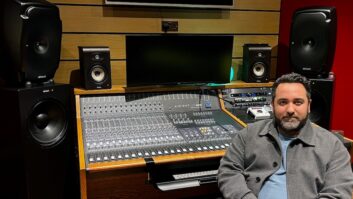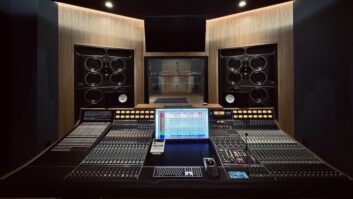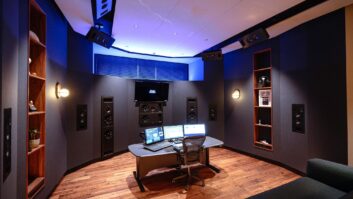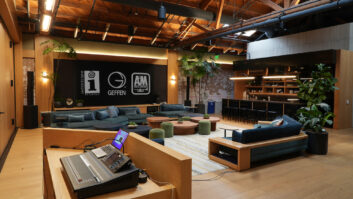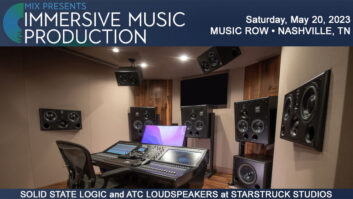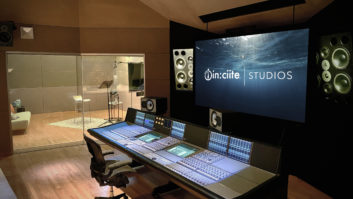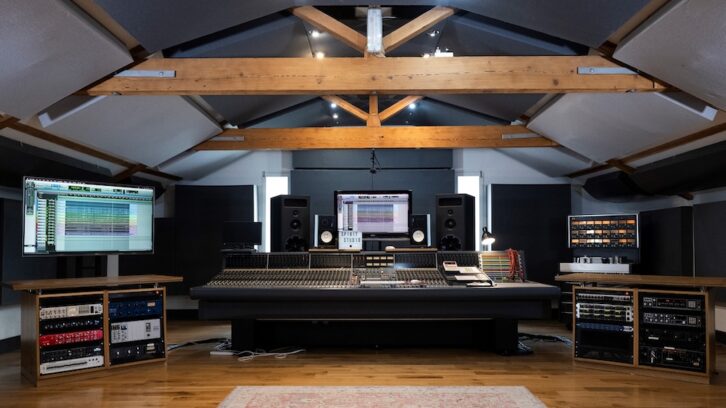
Manchester, UK (October 5, 2023)—This year’s summer vacation provided sound engineering and music production school Spirit Studios in Manchester, England with an opportunity to fully refurbish its flagship room.
Over a three-week period, the school completely changed the layout of its flagship studio in order to give students a better working environment. A key part of this process was repositioning the facility’s existing PMC MB2S-A monitors to create a wider and more consistent sweet spot around the listening position.
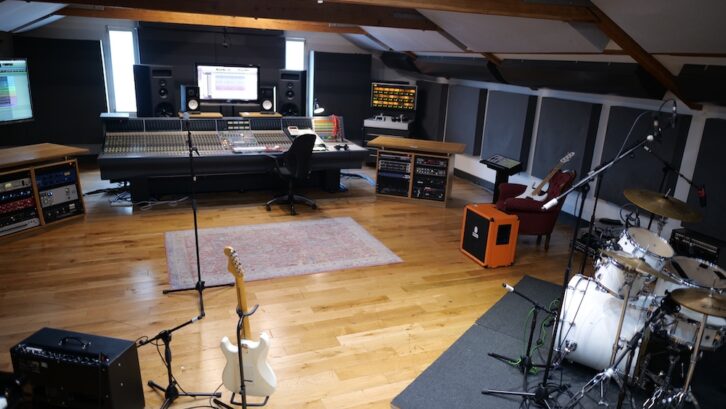
Located in a refurbished mill in the heart of Manchester, Spirit Studios was originally a commercial recording facility and rehearsal space that hosted sessions for many local bands including The Smiths. By the mid-1980s, it had moved into adult education and was known as the School of Sound Recording. The current studio facility was built in 2009 to mark SSR’s 25th anniversary and was named Spirit Studio in honor of SSR’s beginnings. By 2018, the entire operation was rebranded and at that point, it reverted to its original Spirit Studios name.
Making New Music in an Old Textile Factory
This refurbishment was overseen by the school’s head of technology, Tom Aston, who was also behind the original studio build. Located on the top floor of one of the school’s buildings, the studio is a large, open-plan room that has no division between control room and live room. The layout gives students the opportunity to learn different recording workflows and capture the best performances from the artists.
When it was initially built, the school installed separate isolation booths and a machine room to ensure the studio remained quiet. It also called on acoustician Jochen Veith to treat the room and correctly position the PMC monitors so that there was a proper balance between preserving a live-sounding room for performance and recording and offering a good environment for mixing. Work carried out involved stripping down the school’s Neve VR console, rotating it 180 degrees, splitting the outboard rack into two separate units and rerouting the audio cabling.
“With this new layout, we have greater flexibility in terms of positioning of the PMC MB2S-A monitors,” Aston says. “We could position them anywhere in the space between the console and far wall that provided the best performance. With the old layout, pushing the monitors away from the console would encroach into the live area. By taking measurements, experimenting with positions and making some adjustments to the 10B crossovers, we’ve made some great improvements to the low frequency performance, as well as creating a wider and more consistent sweet spot around the listening position.”
